Azure Media Service Alternatives: 7+ Best Solutions to Migrate in 2024
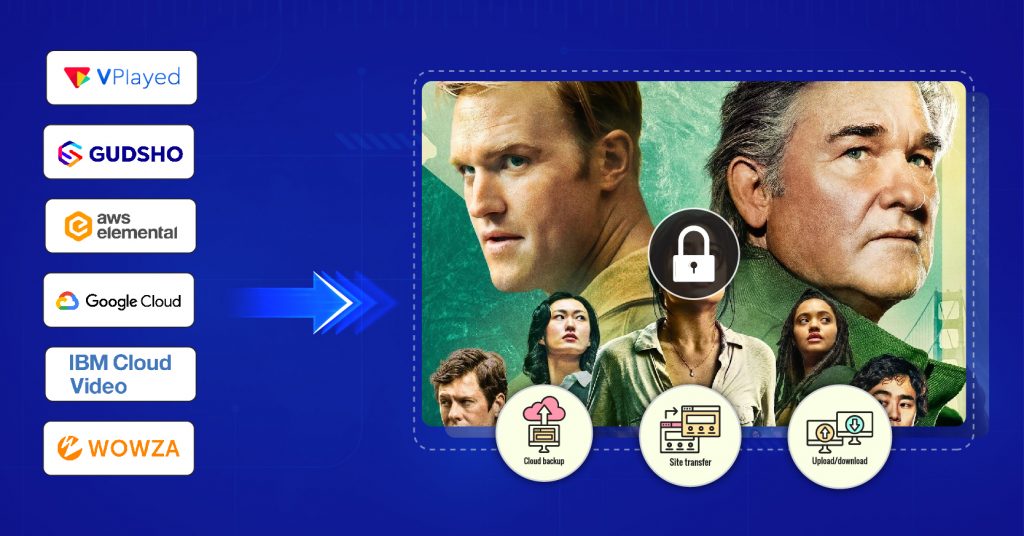
As the clock counts down towards June 30, 2024, Microsoft’s announcement to close Azure Media Services has sent shock waves through the media industry.
This decision, long speculated and perhaps hastened by the departure of Azure’s CTO last year.
Indeed, this has left a number of businesses and enterprises on the lookout for viable Azure Media Services alternatives.
However, in this changing tech environment, the quest for Microsoft Azure media services alternatives has gained a lot of momentum, and existing Azure Services customers find themselves faced with the imperative of migration.
The Power and Versatility of Azure Media Services
Azure Media Services has long served as a cornerstone for numerous enterprises, facilitating the seamless global delivery of media content through the cloud’s capability.
Its impressive features, including video transcoding, encoding, video streaming, and playback services, has made it the preferred choice for many business owners.
However, as the AMS retiring date approaches, a question arises: What are the viable Azure Media Services alternatives?
In the forthcoming sections, we will look into the top 6 alternatives or competitors to Azure Media Services, embarking on an exploration of the ever-evolving landscape poised to reshape the future of content delivery.
Table of Contents
Which Services Will Fade Away Alongside Azure Media Services?
For the multitude of businesses and enterprises that have relied on Azure Media Services, the impending closure of this service raises significant concerns.
The question at the forefront of their minds is, “What services will disappear along with Azure Media Services?”
To address this, we will take a closer look at five key functionalities that have been integral to the Azure Services ecosystem and explore how Azure Media Services alternatives can step in to fill the void to a much greater extent.
1. On-demand encoding:
Azure Media Services has been a trusted ally for businesses in need of on-demand encoding solutions.
This essential service allows a number of content providers to efficiently convert their media files into various formats suitable for streaming, distribution, and playback.
As Azure Media Services bids goodbye, those seeking Azure Media Services alternatives will be delighted to discover a range of dedicated on-demand encoding solutions available in the market.
These alternatives provide the flexibility to encode content on-demand, ensuring that media assets are prepared for distribution seamlessly, even in the absence of Azure Media Services.
2. Live streaming:
Considering today’s fast paced life, live streaming has become a pivotal tool for engaging users in real-time, whether it’s a live event, webinar, or any live broadcast.
Azure Media Services’ ability to support live streaming has been significant in bringing such experiences to life.
However, with its discontinuation in less than a year’s time, businesses have no option, but to explore Azure Media Services alternatives that offer reliable and feature-rich live streaming services.
Nevertheless, these alternatives empower enterprises to continue delivering live content and interacting with their audiences, ensuring that the show goes on without any interruption.
3. On-demand streaming:
No doubt, we all will agree that on-demand video streaming is the foundation of digital content consumption.
Over the years, Azure Media Services has excelled in delivering vod solution, enabling end viewers to access media content at their own convenience.
However, with its closure on the line, firms need to identify Azure Media Services alternatives that ensure uninterrupted on-demand streaming.
This step will grant content providers the ability to maintain a smooth streaming experience, even after the Azure Media Services era.
4. Content protection workflows:
Content protection workflows encompass a range of security measures, including DRM tools to ensure that the content remains protected all the time.
Here, Microsoft makes use of AES encryption and Play Ready DRM technology to maintain the highest level of content security.
As Azure Media Services approaches its closure date in a matter of a few months. The challenge for businesses is to find Azure media services alternative solutions that can uphold the integrity of their media assets while meeting the evolving demands of content security.
5. Azure Media Player:
The Azure Media Player uses adaptive bitrate streaming protocols for streaming content across various network devices.
As Azure Services prepares to exit the stage, it’s essential for users to explore alternative solutions that provide feature-rich and adaptable media players.
The alternatives, who make use of HLS/HTML5 player, step in as worthy replacements.
They ensure a seamless playback experience for viewers while catering to the diverse user demands.
With these player options, content providers can continue to offer an engaging and high-quality viewing experience, even in the absence of Azure Services.
Seamless Transition: Azure Media Services Alternatives for Future-Proof Content Delivery
All in all, we can say that the closure of Azure Services need not spell the end of efficient content delivery.
Alternative solutions to Azure Media Services are prepared to step forward, offering equivalent options to cater to the varied requirements of businesses and enterprises.
Whether it’s on-demand or live streaming, content protection, or media playback,
zure media services alternatives are well poised to ensure a smooth transition, enabling content providers to continue engaging their end audiences effectively.
With this in mind, let’s see the top 6 Azure Media Services Alternatives or competitors.
Top 6 Azure Media Services Alternatives
In this section, we will explore the top 6 alternatives to Azure Media Services, each one capable of offering unique features and capabilities to meet your daily content delivery needs.
1. VPlayed
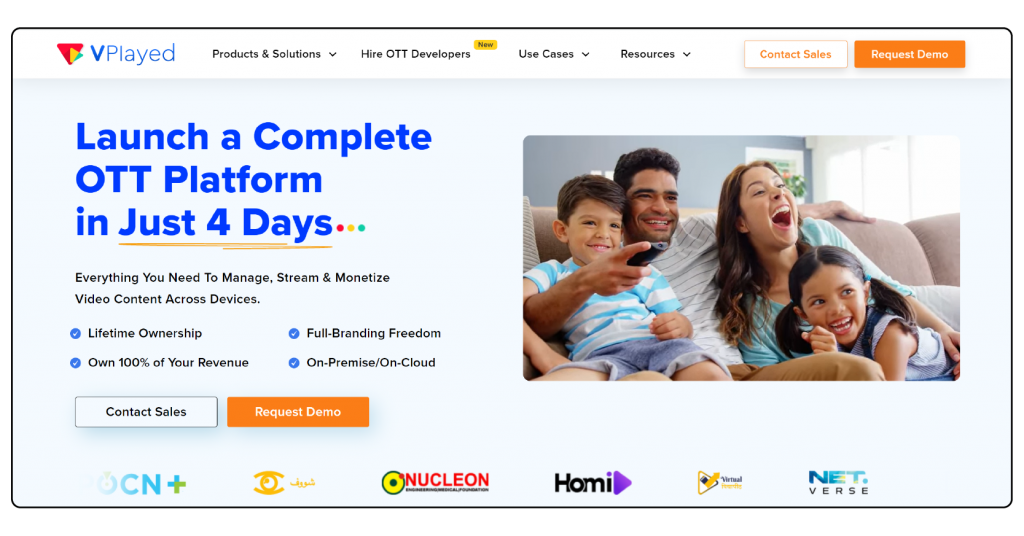
VPlayed, a leading Azure Media Services alternative, offers the perfect blend of on-premises and cloud-based server hosting.
Its multi-DRM support, access control, and AES encryption provide top-tier security for your video streaming.
With multi-CDN support, it ensures uninterrupted streaming with unmatched scalability.
VPlayed boasts over 500 powerful streaming features and supports 100+ integrations, making data migration seamless with 99.9% uptime.
All in all, with all the capabilities, it enables you to efficiently stream and monetize your digital content, expanding your reach to a global audience.
Some Of The Standout Features Of VPlayed:
- Multi-CDN Support for trouble-free video Streaming.
- Brings forth worldwide content monetization prospects.
- Offers analytics and reporting features to glean valuable insights.
- Enables live streaming functionalities for immediate audience interaction.
- The video CMS platform facilitates single and bulk uploads of video files.
2. GUDSHO
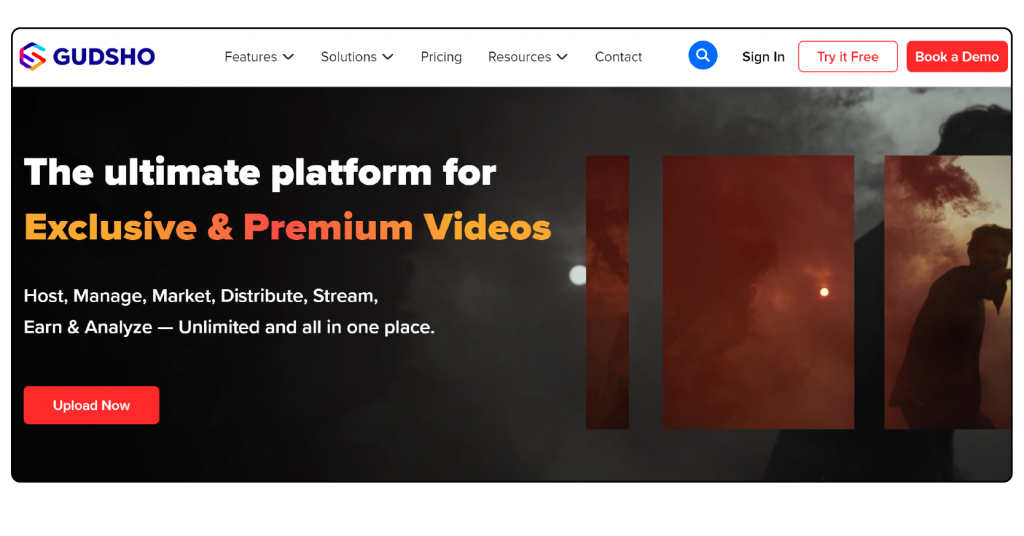
With GUDSHO, adaptive playback is at the forefront, dynamically delivering different versions of video streams based on user conditions.
This not only improves the experience of the end-users but also enables an unlimited number of users to participate in lag-free interactions. The platform even offers scheduling options, enabling publishers to plan their video releases.
As a Azure Media Services alternative, GUDSHO boasts a robust and versatile HLS Streaming player, ensuring a seamless and high-quality video playback experience.
It’s powered by a Global CDN, guaranteeing top-tier performance and reach. Security is further bolstered with AES 128-bit cryptographic key security, keeping unauthorized access at bay.
Some Of The Standout Features Of GUDSHO:
- Comprehensive three-layer video protection.
- Adaptive playback for enhanced user experience.
- Geo-fencing capability for enhanced content control.
- Fully secure cloud hosting for 4k streaming excellence.
- Powered by global CDN for exceptional reach and performance.
3. Amazon Web Services (AWS) Elemental Media Services
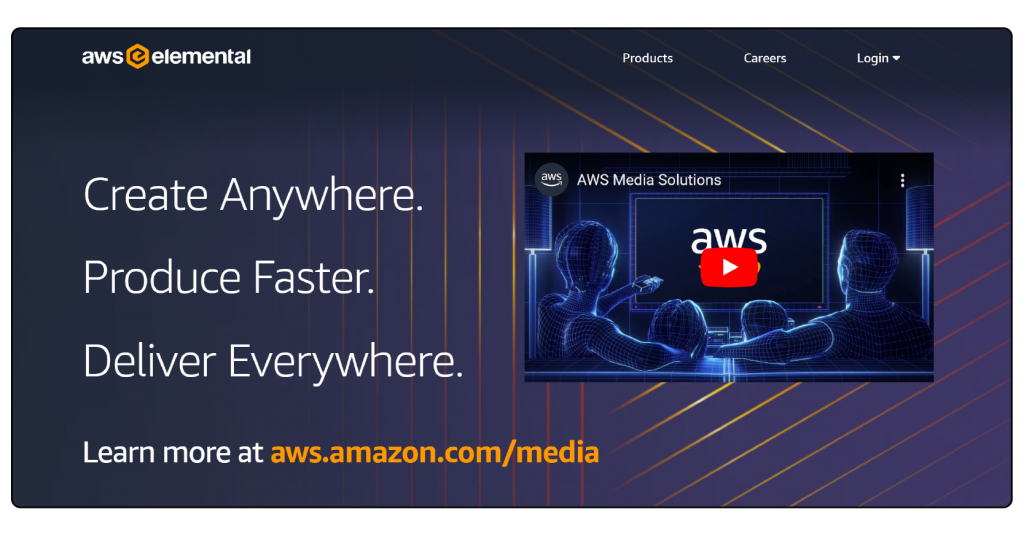
AWS Media Services, a pivotal player in the field of video delivery, offers content owners to have control of their media.
This includes the capability to encrypt, transfer, and manage data retention, thereby providing unparalleled flexibility.
With AWS Elemental Media Services, the ability to swiftly construct and adapt video workflows is at your fingertips.
It eliminates the need for cumbersome capacity planning, seamlessly scales with your growth, and operates on a pay-as-you-go pricing model.
Some Of The Standout Features Of AWS:
- Seamless integration into existing workflows.
- High-quality live video streaming capabilities.
- Content control and ownership with data encryption.
- Advanced analytics capabilities and extensive cloud service options.
- Deep integration with the AWS ecosystem is accompanied by its widespread adoption.
4. Google Cloud Video Intelligence API
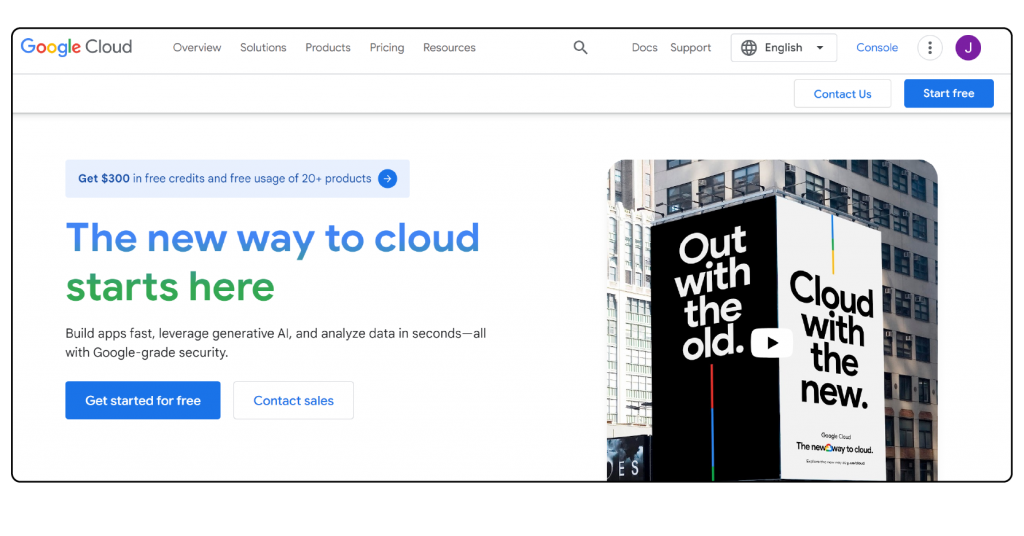
Part of Google Cloud’s expansive machine learning offerings, the Google Cloud Video Intelligence API is a technological marvel.
It introduces nearly real-time insights through streaming video annotation and event triggers based on objects.
The capacity to extract metadata, facilitating indexing, organization, and search, represents a transformative asset for publishers.
This API is equipped with pre-trained machine learning models. Simplifying the automation of tasks such as metadata extraction, content delivery, and also video analysis.
As an integral component of the Google Cloud Platform (GCP), it seamlessly integrates with other GCP services, making it a holistic solution for various businesses.
The Video Intelligence API’s ability to categorize, tag, and also make content searchable empowers institutions to auto-generate metadata efficiently.
While migrating to the Google Cloud Video Intelligence API requires careful planning and execution. The results can be a significant increase in efficiency, scalability, and also cost savings.
Some Of The Features Of Google Cloud Video Intelligence API:
- Object-based event triggers for timely alerts.
- Almost instantaneous insights through video annotation.
- Smooth integration with Google Cloud Platform (GCP) services.
- Effective categorization and tagging to optimize search capabilities.
- Automated extraction of metadata for streamlined content management.
5. IBM Video Streaming
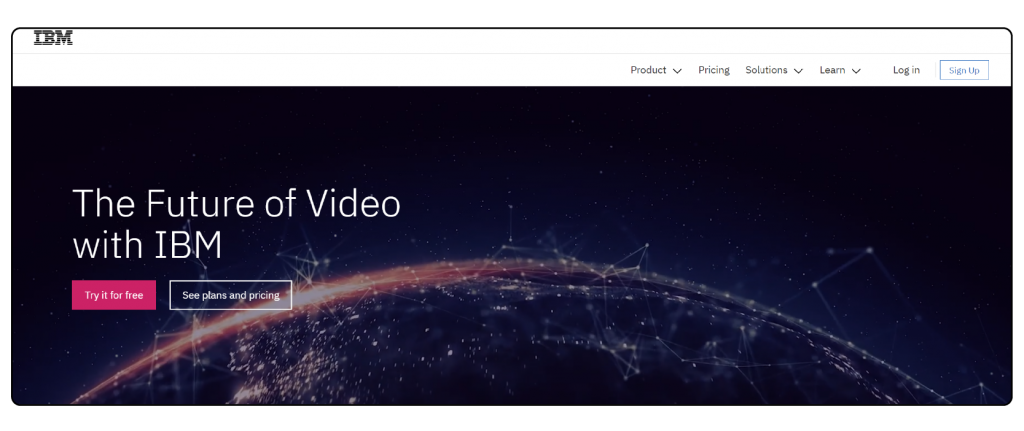
IBM Cloud presents an enterprise-grade cloud-based solution, positioning itself as a formidable alternative to Azure Media Services.
What sets IBM Video Streaming apart is its unparalleled customization options, providing you with the flexibility to tailor your content delivery strategy to your unique needs.
With an emphasis on scalability and security, it seamlessly integrates with other IBM services, offering you a holistic approach to your digital content ecosystem.
In addition to that, IBM’s Watson AI takes the stage, enhancing video search and automating closed captioning.
This formidable solution is engineered to tackle high traffic volumes and complex workflows, ensuring your content delivery remains robust and reliable.
It’s worth noting that while IBM Video Streaming offers exceptional capabilities. The cost factor can be on the higher side, particularly for larger deployments and also intricate workflows.
Some Of The Standout Features Of IBM Video Streaming:
- Mobile-friendly player for enhanced accessibility.
- Streamlined workflows optimizing metadata management.
- Interactive chat functionality for real-time viewer engagement.
- Take up compliance, security, and management to new heights.
- Comprehensive video hosting, encoding, and sharing across multiple platforms.
6. Wowza
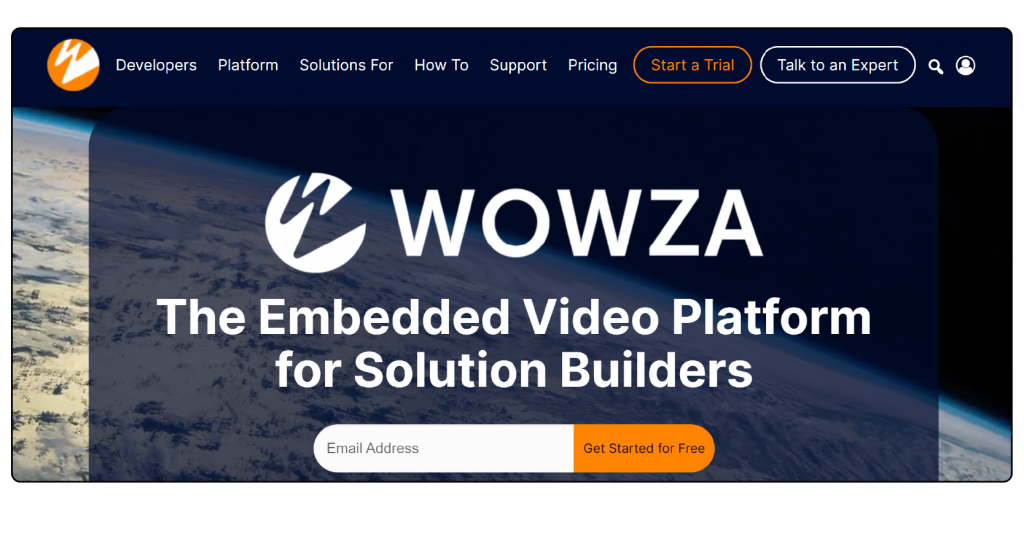
Wowza, a multifaceted solution, can be conveniently categorized into Wowza Streaming Cloud and Wowza Streaming Engine.
As an alternative to Azure Media Services, it adheres to a SaaS model, serving as a platform for the hosting and distribution of live streams, on-demand videos, and audio content.
Wowza excels in proficient brand management and customization, providing video owners with exclusive access to patented software crafted specifically for live streaming performance.
With a robust emphasis on dependability, it ensures video security that publishers can rely on with confidence. Notably, Wowza supports streaming in ultra HD and 4K resolutions as well.
Some Of The Standout Features Of Wowza:
- Adaptable adjustments for video format, delivery, and quality.
- Shines well in providing robust brand management and customization.
- Trusted for video security and widely adopted across diverse industries.
- Comes with key features like adaptive bitrate streaming and DRM protection.
- Ensures high-quality video content delivery to viewers with minimal latency possible.
Wrapping Up
In the end, you have now discovered that there are numerous Microsoft Azure Media Services alternatives present in the market that compete head to head with one other.
The top 6 have been discussed along with their feature list so that you can choose the one that best aligns with your business goals and requirements.
We trust that you have gained valuable insights from this blog. Until next time, take care and stay informed!

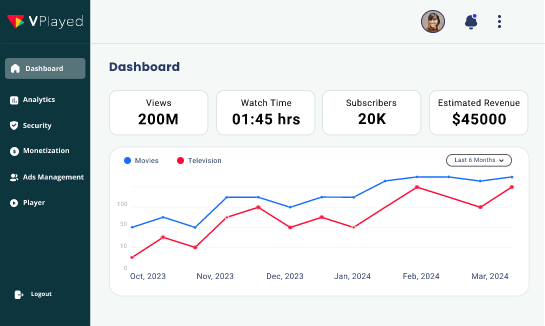
Your post is a time saver! We’ve been contemplating a migration, and your insights into the 7 best Azure Media Service alternatives have given us a solid starting point. The detailed comparisons are especially helpful.
Thank you for shedding light on alternatives to Azure Media Service. As someone deeply entrenched in the media industry, making the right cloud choice is critical.
Your article is a valuable resource for anyone contemplating a move away from Azure Media Service. The in-depth analysis of each alternative and the considerations for migration are spot-on
This breakdown of Azure Media Service alternatives is exactly what I needed. Making a migration decision is never easy, but your insights on the best solutions to consider have made the process much more manageable.
I’ve been considering migrating from Azure Media Service, and your article couldn’t have come at a better time. The alternatives you’ve listed are comprehensive, and the pros and cons analysis is super helpful.
Your article on Azure Media Service alternatives is a gem! As a developer exploring different cloud options, this list provides a great starting point for migration considerations. Thanks for the insights!